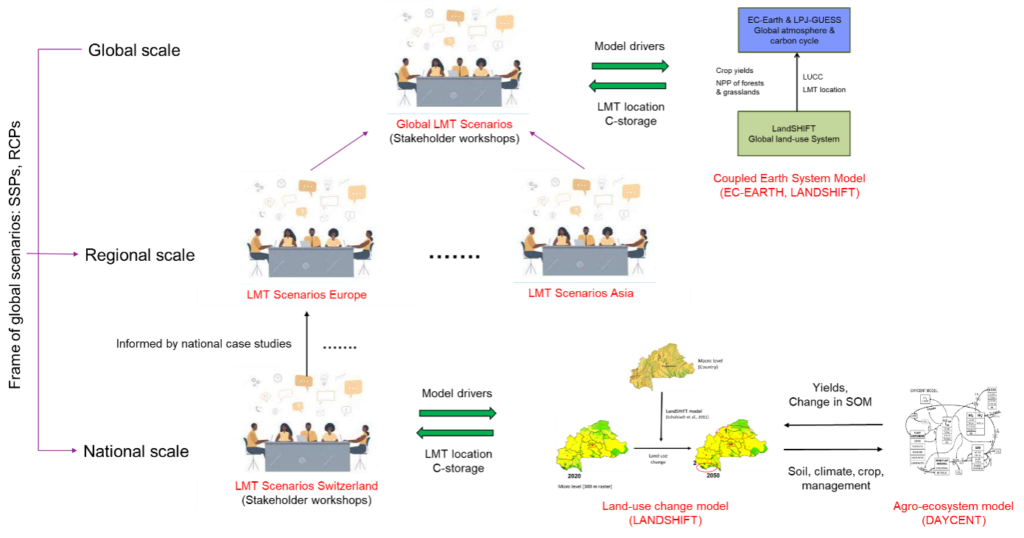This chapter addresses what theories of justice may help further our understanding of injustices in the Arctic. The purpose is to critically discuss the baseline for a Forstian transnational theory of justice and its applicability to the Arctic, primarily the Arctic Council.
Public / policy - International
The Arctic is a political landscape in development, and it is subject to multiple and often competing claims of sovereignty. Although situated at the margins of territorial governance of the Arctic states until recent decades, the region has experienced rapid transformations, not least in its governance arrangements.
This chapter considers what might be deemed relevant normative standards when taking responsibility for the effects of rising global temperatures on the territories and communities of the Arctic. Are globally produced harms chiefly the responsibility of territory-specific communities in terms of their dire effects, as is often assumed?
Corporate social responsibility (CSR) is the primary mechanism through which private businesses seek to establish their sustainability credentials (Rendtorff, 2019; Saeed et al, 2021). It is supplemented recently with environmental, social and governance investment frameworks (Pedersen et al, 2021).
A growing interest in Arctic resources leads to increased pressure on local authorities to accept new industrial projects in their areas. This includes mining, petroleum, wind energy and less mature technologies like hydrogen and ammonia production.
Throughout the centuries, people have been keen to find and discover new areas and exploit the natural resources associated with them. According to Margaret Kohn and Kavita Reddy (2017), the term colonialism describes the process of European settlement and political control over the rest of the world, including the Americas, Australia and parts of Africa and Asia.
Arctic communities must negotiate locally, regionally and with external actors on how to make the best use of the human and natural resources in the region. This is against the backdrop of increased globalization, climate change, high demand for the region’s mineral resources, and increasing local demand for improved living conditions and sustainable livelihoods.
Tämän tutkimuksen tarkoituksena on tarkastella, miten Suomen ilmastopolitiikassa pyritään jakamaan kustannuksia eri ryhmien välillä ja mihin periaatteisiin tämä jako perustuu. Vihreä siirtymä aiheuttaa valtavia yhteiskunnallisia kustannuksia. Näiden kustannusten oikeudenmukainen jako on akateemisesti ja yhteiskunnallisesti yhä merkittävämpi keskustelunaihe.
Este artículo aspira a ser una revisión crítica de las políticas árticas de la UE, particularmente de la más reciente Comunicación de la Unión Europea para el Ártico, de 13 de octubre de 2021, desde una perspectiva geopolítica e histórica.
At LANDMARC, we are developing methods and instruments that non-researchers can use to reliably estimate how different land-use practices contribute to climate change mitigation. In our view, this can only be done by bringing in local knowledge at every stage of the research process. Here’s why.

